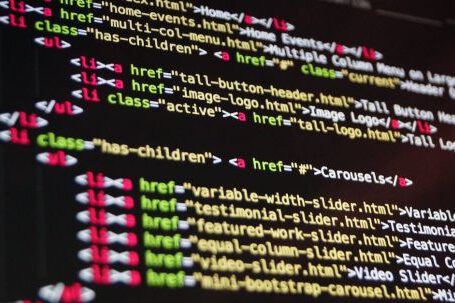As technology continues to advance at a rapid pace, it is becoming increasingly intertwined with various aspects of our lives. One area where technology is making waves is in the field of education. Augmented Reality (AR), in particular, has gained significant attention for its potential to transform the way students learn and engage with educational content. In this article, we will explore the question: Will augmented reality become commonplace in education?
Enhancing Learning Experiences
One of the key advantages of augmented reality in education is its ability to enhance learning experiences. By overlaying digital content onto the real world, AR can bring textbook concepts to life and make abstract ideas more tangible. For example, rather than simply reading about the solar system, students can use AR to explore the planets in 3D, interact with them, and gain a deeper understanding of their characteristics. This immersive learning experience has the potential to boost student engagement and improve knowledge retention.
Bridging the Gap Between Theory and Practice
Another way in which augmented reality can revolutionize education is by bridging the gap between theory and practice. Traditional teaching methods often struggle to provide practical, hands-on experiences for students. However, with AR, students can simulate real-world scenarios and interact with virtual objects, allowing them to apply theoretical concepts in a realistic setting. Whether it’s dissecting a virtual frog or conducting chemistry experiments in a safe environment, AR has the power to make learning more experiential and practical.
Catering to Different Learning Styles
Every student has a unique learning style, and educators strive to accommodate these individual differences. Augmented reality offers a versatile platform that can cater to various learning styles. Visual learners can benefit from the visualizations provided by AR, while auditory learners can engage with audio cues and instructions. Additionally, kinesthetic learners can interact physically with virtual objects, making the learning process more hands-on. By providing multiple modes of engagement, AR can help educators create inclusive learning environments that cater to the needs of all students.
Breaking Down Geographic Barriers
One of the most significant advantages of augmented reality in education is its potential to break down geographic barriers. With AR, students can virtually visit historical sites, explore different cultures, and even collaborate with peers from around the world. This opens up a new realm of possibilities for remote learning, making education more accessible and diverse. By leveraging the power of AR, students can gain a global perspective and develop a deeper appreciation for diversity and cultural differences.
The Road to Commonplace Adoption
While the potential benefits of augmented reality in education are promising, there are several challenges that need to be addressed before it becomes commonplace. One major obstacle is the cost of implementing AR technology in classrooms. Schools and educational institutions need to invest in the necessary hardware and software infrastructure to support AR experiences. Additionally, there is a need for comprehensive training and professional development programs for educators to effectively integrate AR into their teaching practices.
Conclusion: A Glimpse into the Future
In conclusion, augmented reality has the potential to become commonplace in education, transforming the way students learn and engage with educational content. By enhancing learning experiences, bridging the gap between theory and practice, catering to different learning styles, and breaking down geographic barriers, AR offers a glimpse into the future of education. While there are challenges to overcome, the possibilities are vast. As technology continues to advance, augmented reality has the potential to revolutionize education and create a more immersive, inclusive, and globally connected learning environment.





